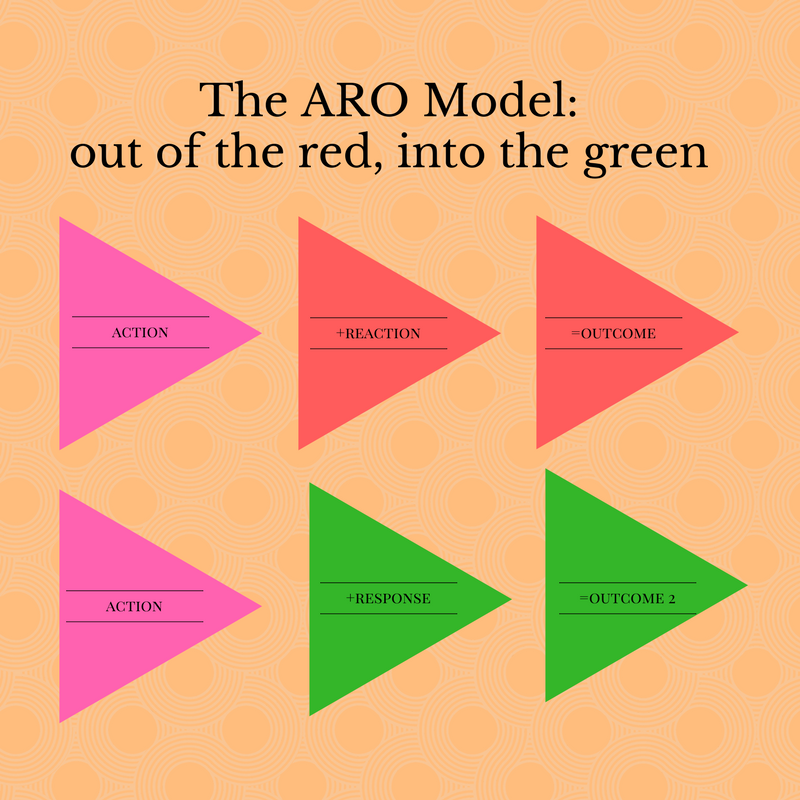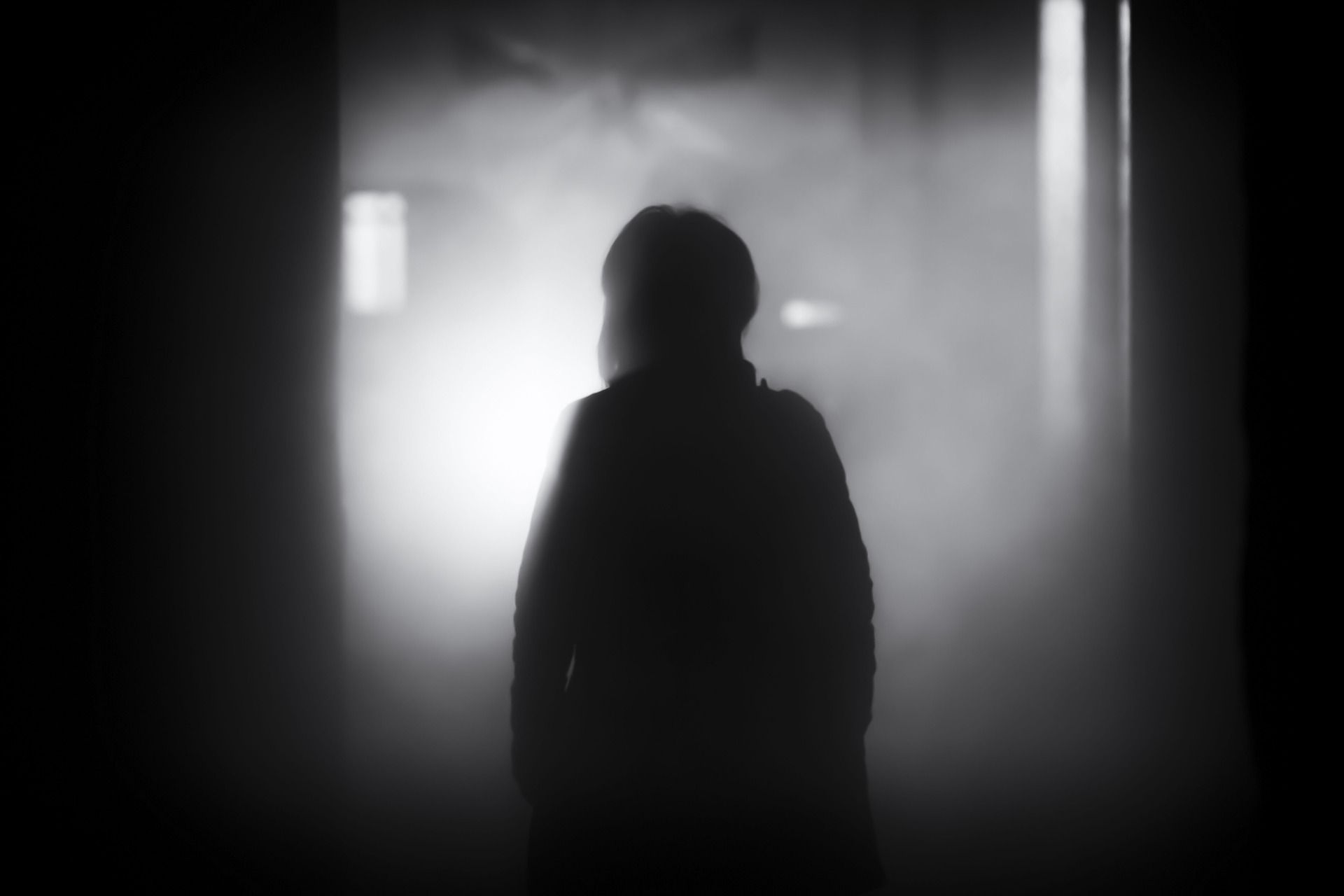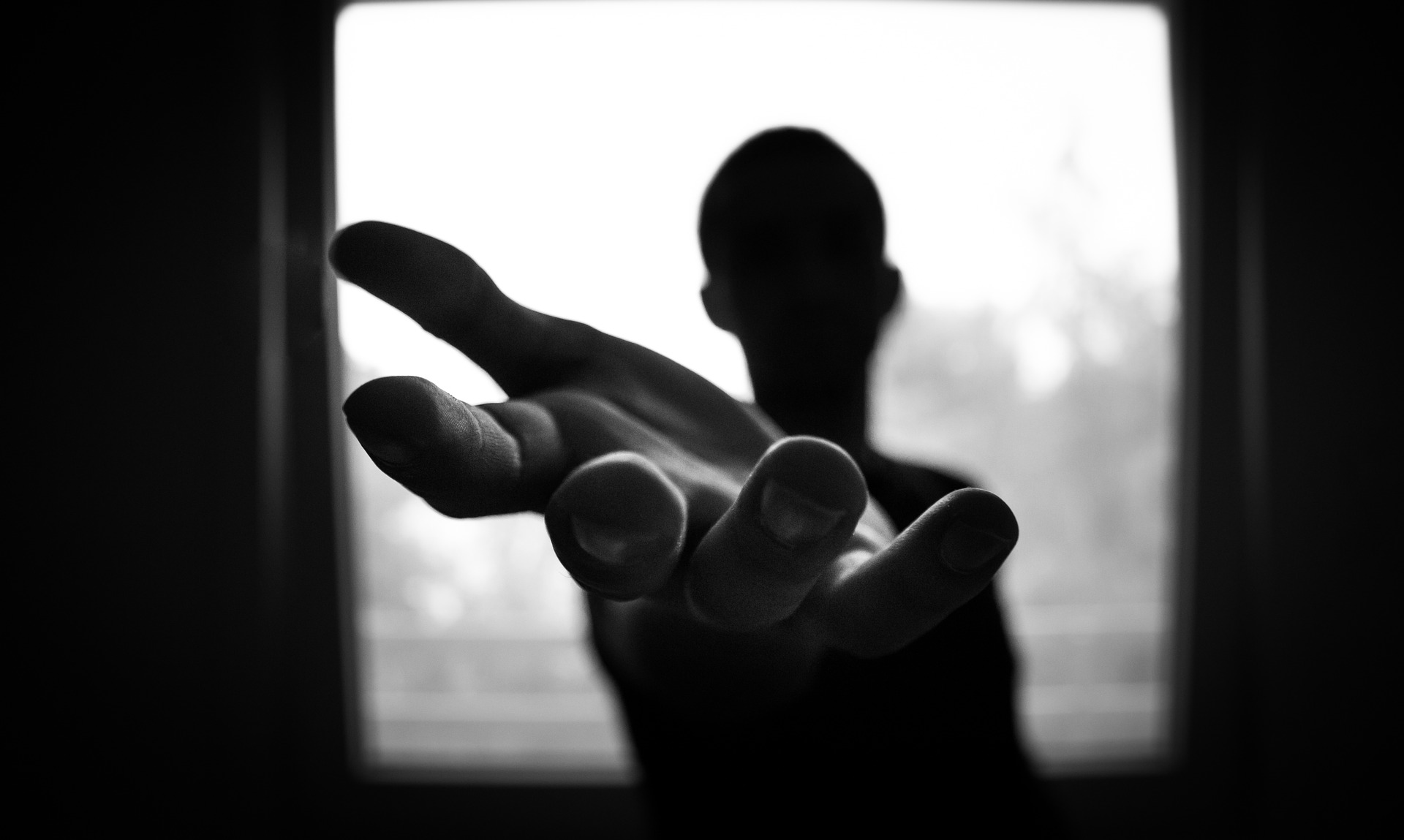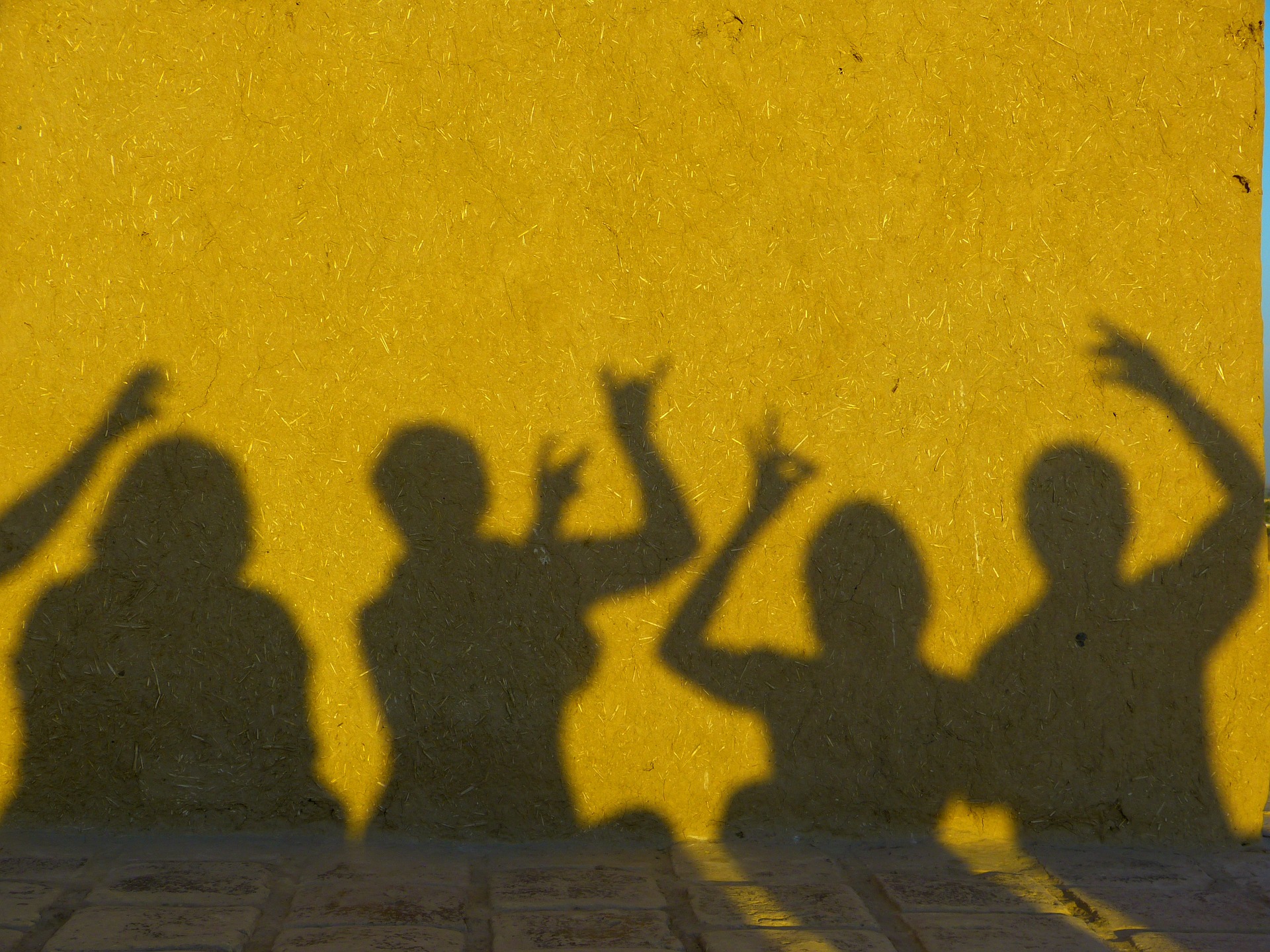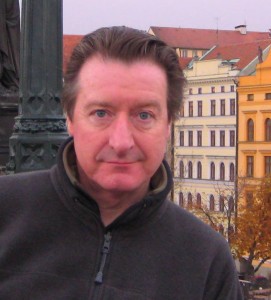What is “my shadow?”
Our shadow is aspects of ourselves that we have found unacceptable or we cannot tolerate that we have, in turn, come to split off, reject, suppress, deny or have projected onto others (qv couple relationships). Shadow often expresses itself through legitimate or “illegitimate” complexes or neuroses, likes, dislikes and common prejudices.
We will, at times, have found very elaborate reasons to justify what will have become our preferences, beliefs and way of conceptually holding the world and keeping those things we fear at bay. This is ironic, for in actuality we are simply keeping ourselves-or the fullness of what we can become-at bay.
Living caught up in shadow is simply a Case of Mistaken Identity: this is not really who we are.
We are required to own our shadow or be owned by it.
Shadow work is the process we use to own and integrate the shadow into ourselves, in order to enhance our emotional, cognitive, psychological and spiritual wellbeing; a wellbeing that otherwise would have been spent in shadowboxing ourselves and hence others. It is a kind of cleaning out the basement or swamplands; Jon Kabat-Zinn in his book Wherever You Go, There You Are describes it as “bucketing out the pond”-or, to use another metaphor, it’s like reverse engineering the situation.
In Jungian psychology our shadow is often found in myth and in legends, often in fairy tales; one the most potent symbols of the shadow is The Trickster, often personified as a Dionysian or a figure of harlequinade, an opposite (for example in fiction The Joker is The Batman’s shadow, and a Trickster). Yet this figure is in reality our inner Trickster, who fools us into maintaining our mask towards the world, our fragile ego; the figure of the inner Trickster illustrates the slippery nature of the shadow.
Our shadow is always present, yet hidden.
Hidden where, though? Where do we find the shadow?
Possibly one the simplest yet more effective ways of remembering the way shadow works is to recall the old “psychodynamic rhyme”
“I looked and looked
and when I looked
this I came to see
what I thought was you-and you-and you
was really me, and me”
Which perfectly captures the essence of projection and transference in the game of shadowboxing.
There are, though, 5 areas that we explore to bring our shadow into light:
- Our family
- Our persona
- Our triggers and othering
- Our couple relationships
- Our body
- I can find it in my family: family shadows
Draw your family tree, or better still draw out your genogram, linking your family tree to your partners and ex partners. In this elaborate and multiple family tree, look within in the branches and explore
-taboos and transgressions
-scapegoating
-rejections
-abandonments
-patterns that connect with each other, especially transgenerational patterns
-secrets and shame
-alliances
-issues around mental health
-mottos
Shadows lurk (The Trickster!) and play hoaxes on us in these branches, yet in these branches reside the way our families have worked to keep the shadows at bay, hiding in the “normal” and the “nuclear” family, smiling away fear, guilt and shame.
- I can find it in myself: my persona is my shadow
Taking a long look at myself, often with the help of a skilled therapist, can be a profound stepping stone to integrating those parts of ourselves we have disowned. Here are a few ways to do this:
-what are my shoulds, oughts and musts, what do I feel I have to do?
-where do I work? Why?
-which friendships groups/communities would I never belong to? Why?
-what choices have I made? Why?
-when have I self-sabotaged?
-what thoughts and feelings am I ashamed of?
-what are secret desires?
-what happened to me?
-what is my attitude to sex, money, politics?
- I can find it in my likes and dislikes: projection and transference
-when I dislike [ ] who do this person remind me of?
-when I blame or start to hate the other person, projecting myself in turn as “good” and allowing the other to be bad: that’s my bad stuff I’m projecting out
-what makes me angry? -take it back into yourself, as the Buddhist Lojong slogan says, “drive all blames into one”
-which groups do I demonise?
-what kind of folk do I keep close to me?
-what, in my life is in, what is out?
- I can find it in my lover: couple relationships, or me and my shadow
Couple relationships are probably the fast track into discovering our shadow, since the material we long ago rejected we find in our lover (see Henry Dicks Marital Tensions) and then often end up disliking; both times we fall in love with ourselves (our unmet needs) and end up falling out of love with ourselves-that which brings us together, tears us apart-keeping the darkness at bay. We could ask ourselves
-who is The One?
-what is my couple fit? What am I finding in my lover that I have rejected in myself?
-what needs get met here?
-what am I getting from my partner that I don’t get anywhere else?
-what are my secret sexual fantasies?
-where does power lie in my relationship?
-where does drama appear in my relationship? What are the triggers? Why am I so invested in not ending the drama, the conflict?
- I can find it in my body
Shadow hides deep down in the body; in fact, writers such as Reginald Ray strongly suggest (See his book Touching Enlightenment) that the body, its deep forest of feelings and sensations, its trapped and often frozen psychic energy is the unconscious, the place where shadow resides; or as Mariana Kaplan says in Eyes Wide Open: “the issue is in the tissue”
What can we do physically to open up to the shadow?
-yoga, is most powerful in releasing egoic tension and freeing shadow
-mindful inquiry, linking thoughts, emotions and bodily sensations helps to integrate these three aspects of ourselves and create in us a more embodied living, free of the weight and tricks of the shadow
-somatic inquiry, where we track and trace what the soma offers us, in the way it offers this material to us, often in felt sensation, image, memory or association, often fleetingly
-creativity, using pen and paper, drawing, locating the creativity of the right brain
-walking in nature; nature is our Great Soma, our shadow awake and realised. See Awake in The Wild by Mark Coleman.
I’ve found my shadow. What do I do next?
Recognising where our shadow(s) expresses itself can create a huge shift in our thinking and our ways of relating to ourselves, and of course the world. Yet still this might only be experienced as data, information we now have on ourselves and sit as such in our left brained inner world. To make a real change we are required to experience a kind of “installation” (In the words of neuropsychologist Rick Hanson) that shifts the “data” into the spaciousness and embodied sense of the right brain, the true master to the emissary of the left brain, to acknowledge Iain McGilchrist’s work (see his book The Master and The Emissary).
Perhaps the most succinct process we might use to do this is the one developed by Ken Wilber. Wilber is not so well known in the U.K. as in America, where he is affectionally hyped up as the “Einstein of consciousness”. Wilber has published over 27 books detailing maps of human consciousness and psychospiritual development.
He has also developed his own model of shadow work. I have adapted it slightly for this article, but in essence it’s all Wilber.
Wilber’s 321 shadow process
Face it, talk to it, be it
Begin with a difficult person; a person who triggers you in some way.
3. face it: with a journal or a chair visualise the person, let the image grow in detail and see if you can get a felt, embodied sensation of the fullness of the person. Allow this to happen.
2. dialogue with this person. Enter into a relationship with what is disturbing you. Ask questions such as
- What do you want from me?
- What is the felt sense of you?
- What are you telling me?
- What’s driving you?
- What are you bringing to me
- How will I know when you are through?
- See the world through the other’s eyes and make a statement of identification (this can be hard, after all it’s what your psyche has been denying for so long). Feel yourself as the difficulty: hug the shadow. Accept and allow it to be
Conclusion
We are a case of mistaken identity; we have fallen in need with our persona, yet shadow work is connecting with something vaster that is already us, already here, and waits for us to reach out to it: we’re trying for something that’s already found us.


